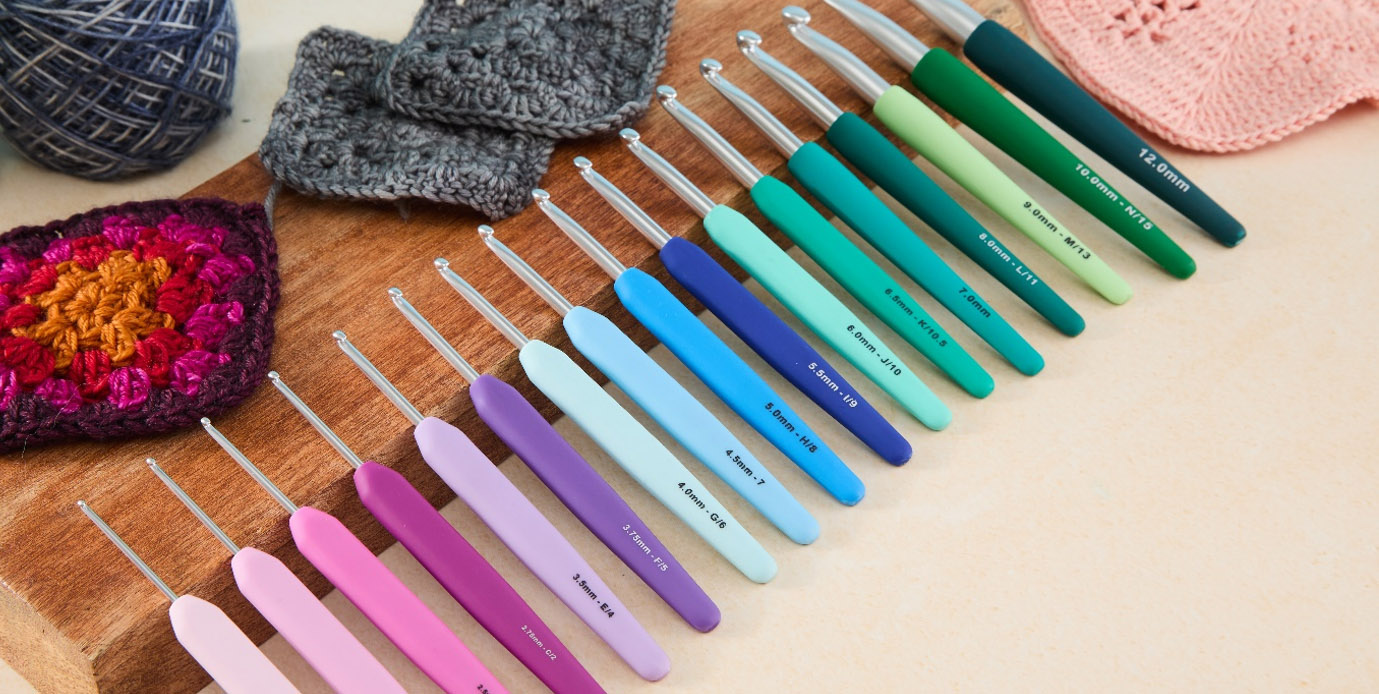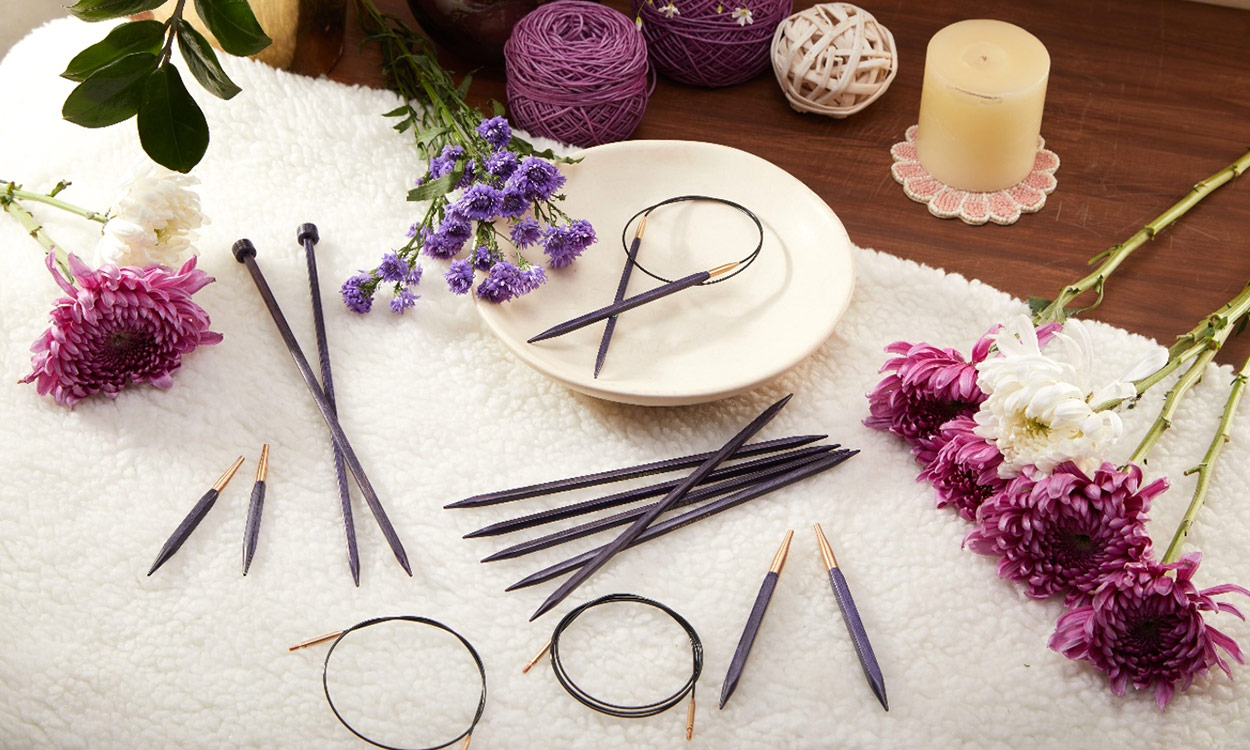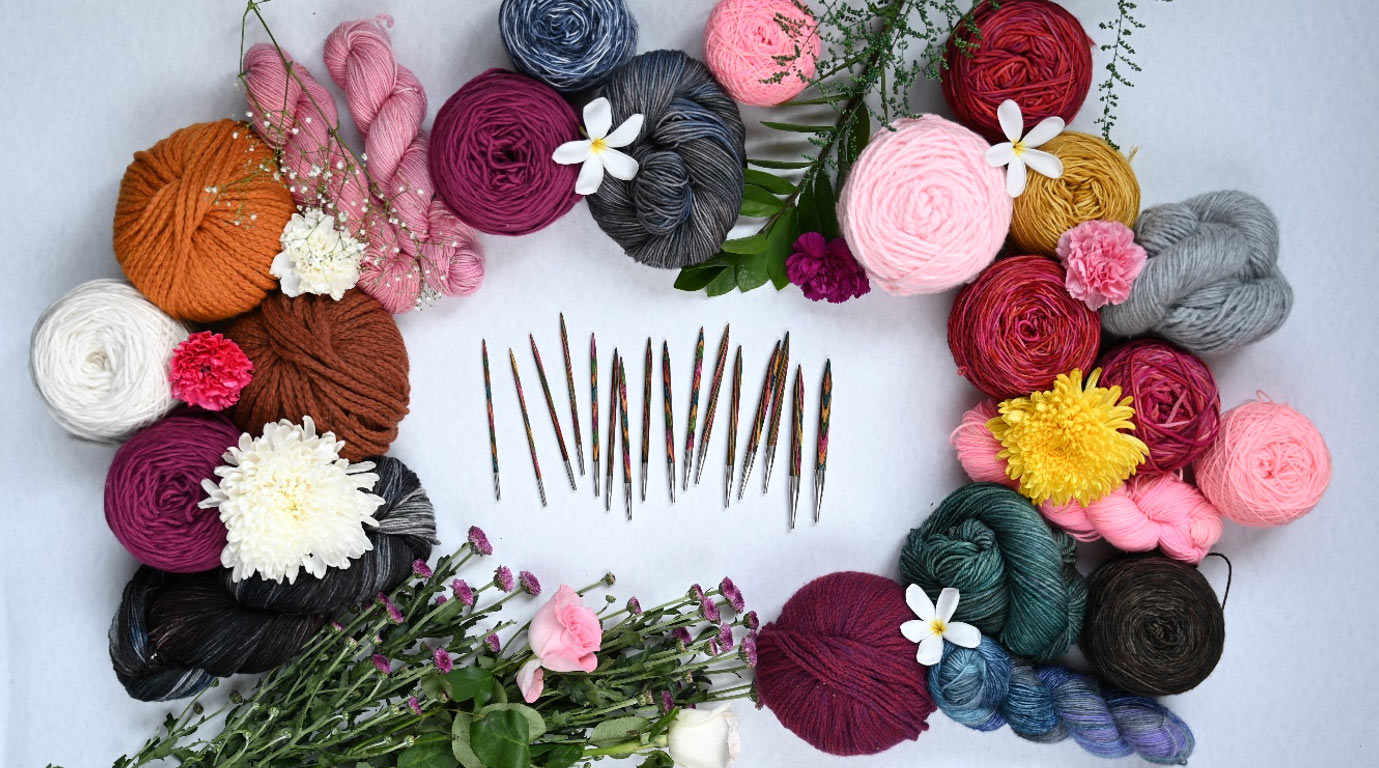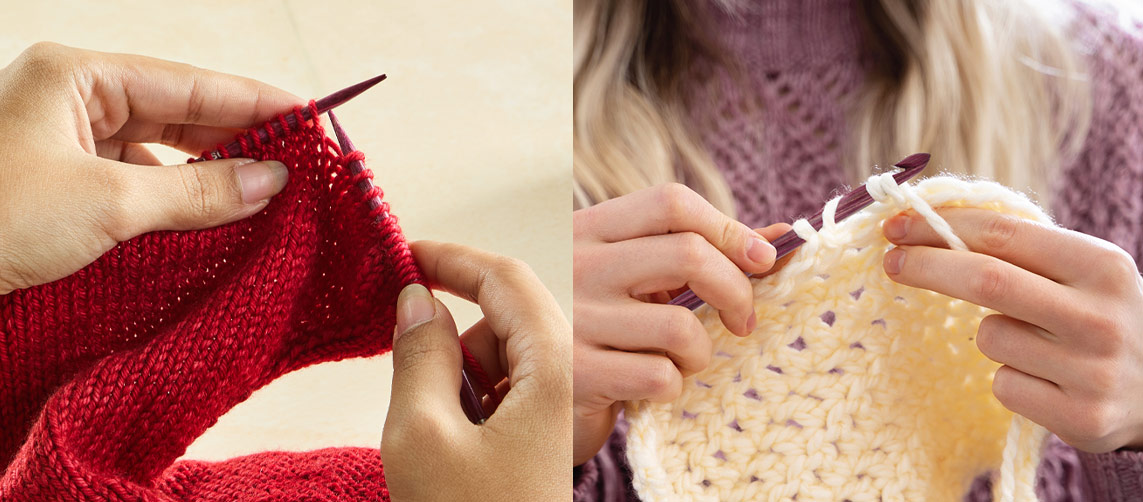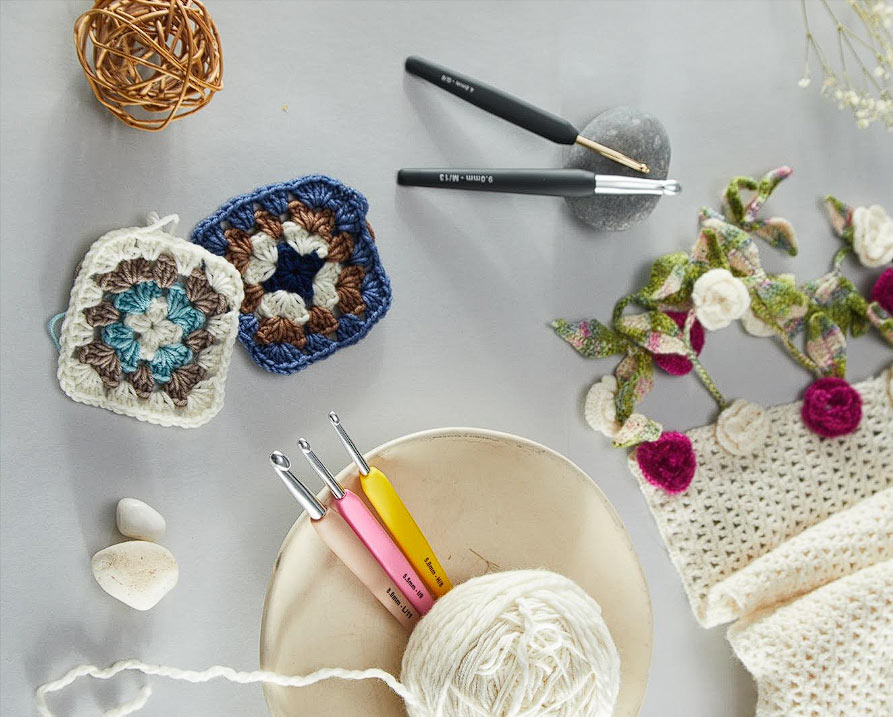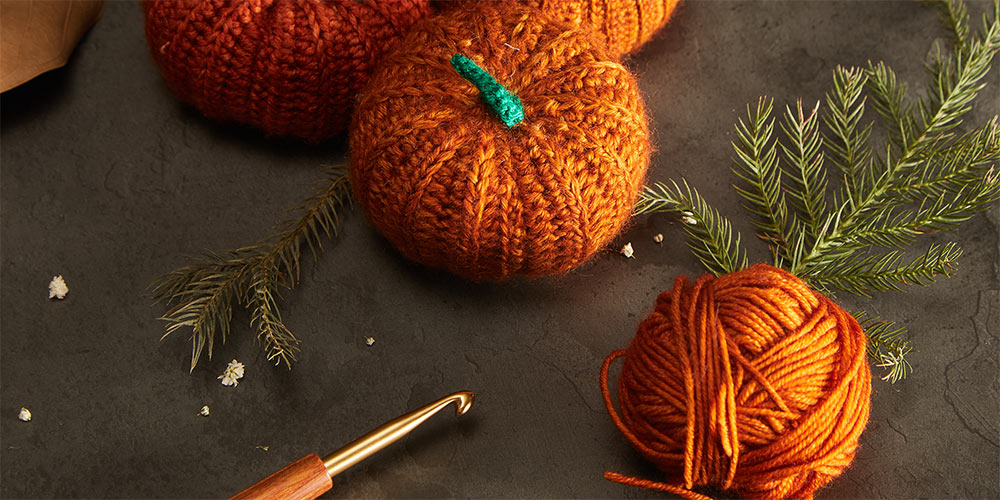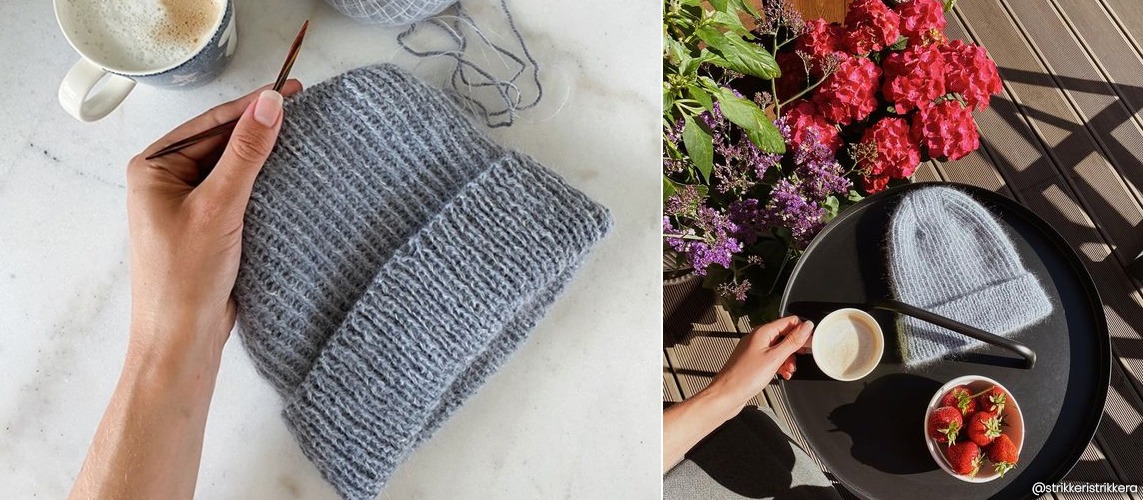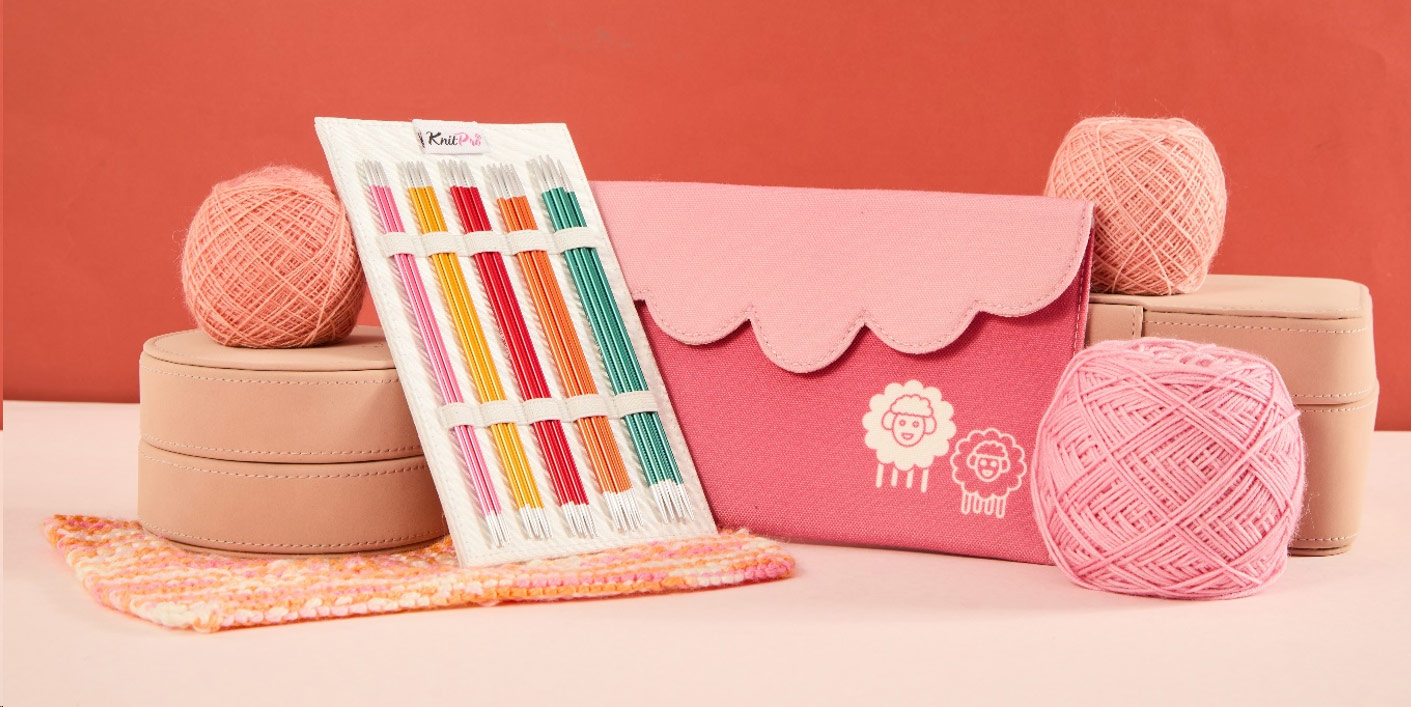Blog
Discover summer crocheting with Waves 2.0. Explore lightweight, vibrant, and ergonomic crochet hooks for endless creativity, color, and comfort in every stitch.
Learn the KFB (knit front and back) increase technique with our comprehensive step-by-step guide. Perfect for beginner knitters working on sweaters, shawls, and more.
Discover essential tips and tricks for mastering punch needle techniques. Learn to choose the right tools, yarn, and stitches for beautiful, textured creations.
Learn how to crochet with this beginner's guide! From basic stitches to essential tips, start your crochet journey with confidence and create beautiful projects.
Discover the charm of mini knitting needles, perfect for detailed projects, travel-friendly crafting, and unlocking endless creative possibilities with KnitPro.
Discover how to crochet retro designs for summer! From vintage granny squares to boho tops, explore stylish crochet pattern ideas for a handmade wardrobe.
Learn about famous celebs who knit with our blog? These inspiring men and women are committed to knitting for mindfulness, fulfillment and a relaxed break.
Learn how to knit through the left loop with our step-by-step instructions. The left-leaning knitting increase is handy for making neat stitches for your projects.
Embrace summer crafting with a stylish punch needle tote bag! Explore this fun project with our blog and add a handmade touch to your everyday essentials.
Explore 10 useful crochet projects for daily life, from market bags to tech accessories. Know more about practical crochet patterns for crafters of all levels.


